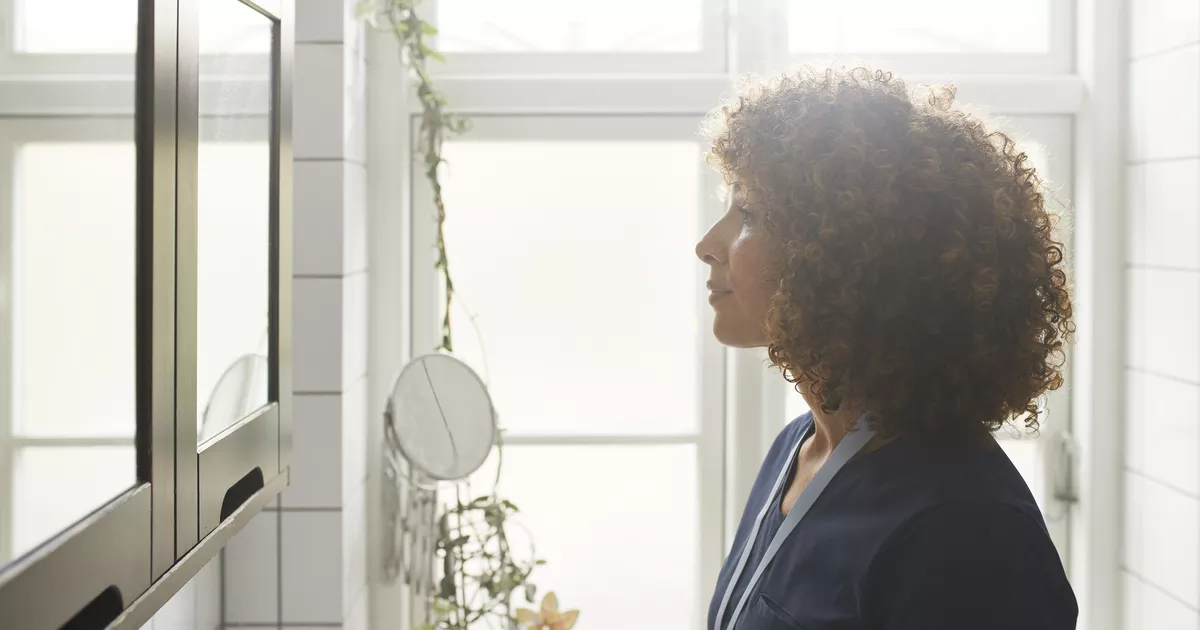Why does the belly round out in the late forties? Martine Duclos, head of the sports medicine department at the University Hospital of Clermont-Ferrand, sheds some light on this.
Certain bodily changes related to aging are expected, or at least, we are prepared for them. Some changes, however, are more surprising, such as the rounding of the belly over the years, seemingly without any radical change in our eating habits to justify it.
So, who is to blame? Once the age of 30 is surpassed, both women and men may notice bodily changes due to aging and also because we are slightly less physically active.
This is when we begin to lose muscle mass. These changes, especially around the belly, become more visible around the age of fifty.
In women, the explanation is simple and physiological. Estrogens are responsible for the distribution of fats in the body, a distribution known as “gynoid”; in other words, it is localized in the thighs and buttocks, and subcutaneous (what we can pinch under the skin).
“At menopause, the ovaries stop producing estrogens and progesterone: all that’s left are androgens,” explains Martine Duclos, head of the sports medicine department at the University Hospital of Clermont-Ferrand and president of the National Observatory for Physical Activity and Sedentary Behavior in France (Onaps). The distribution of fats then becomes “android”.
Fat is no longer subcutaneous but intra-abdominal: like in men, it migrates towards the abdomen, around the viscera, liver, pancreas, and also around the heart.” This phenomenon is inevitable and occurs around the age of 53 (the average age of menopause in France).
The process can start with perimenopause and can last – depending on women – one, five, or seven years. “We do know, however, that a woman who is physically active before and during perimenopause will experience less fat gain than others, because exercise limits it,” Martine Duclos informs.
“It is inflammatory and promotes the risk of developing cardiovascular diseases and type 2 diabetes,” adds Martine Duclos. In parallel, the specialist recommends focusing on specific abdominal muscle exercises, using a kettlebell, doing planks, scissor kicks, and pull-ups.
This will promote more of its secretion, yet it promotes fat gain and metabolic disturbances.
